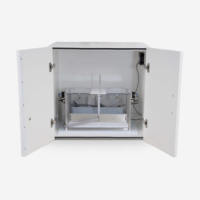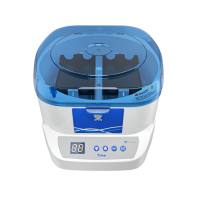Methods of Analysis of Dendritic Cell-Derived Exosome-Shuttle MicroRNA and Its Horizontal Propagation Between Dendritic Cells
互联网
590
Exosomes are extremely small (<100 nm) membrane vesicles, generated in the endocytic compartment that are released to the extracellular milieu by living cells. Although the biological function of exosomes in vivo remains unclear, they seem to function as mechanisms of cell-to-cell communication for horizontal transfer of proteins, antigens, prions, morphogens, mRNA, and noncoding regulatory RNAs, including microRNAs (miRNAs) (also known as exosome-shuttle miRNAs). Dendritic cells (DCs), the most potent professional antigen-presenting leukocytes of the immune system, release relatively high levels of exosomes and also interact with free exosomes present in the extracellular space. Therefore, DCs constitute a good model for the analysis of exosome-shuttle miRNAs and their horizontal propagation between cells. This chapter provides basic protocols for purification of exosomes released by mouse bone marrow-derived DCs, analysis of their miRNA content, and assessment of the function of exosome-shuttle miRNAs, once they are transferred to target/acceptor DCs.









